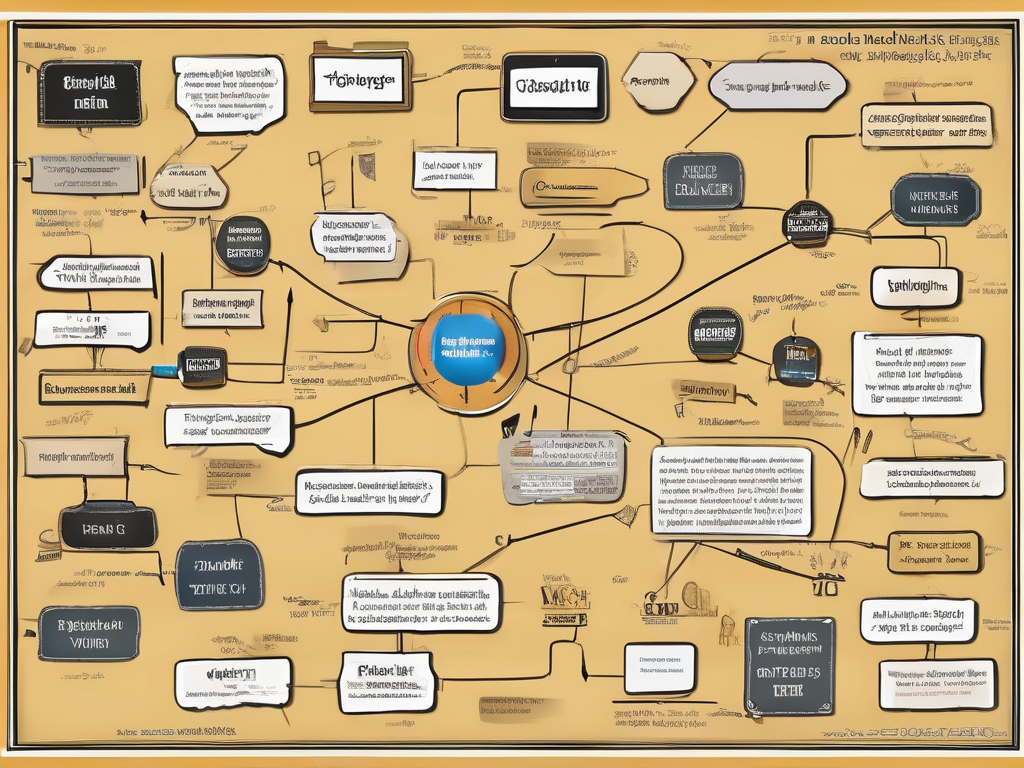
## Behold! A Language Model That’s… Adequate? (Seriously?)
Right, let’s talk about this thing. This… *entity*. They call it a “large language model.” I call it another exercise in corporate enthusiasm masquerading as innovation. You know, the kind where they announce something with fanfare and then you try it out and think, “Well, that’s… fine.”
Apparently, it’s meant to generate text – poetry, code, recipes for artisanal kombucha (please, no), whatever. And yes, technically, it *does*. It strings words together in a grammatically correct fashion. Congratulations! We’ve achieved literacy! My toaster can probably do that now.
The marketing materials suggest it’s revolutionary, capable of… well, I haven’t quite figured out what it’s actually *capable* of beyond churning out slightly bland prose and occasionally hallucinating facts. It’s like a beige cardigan for artificial intelligence: utterly unremarkable yet presented as the height of style.
Honestly, after years of breathless promises about AI taking over the world (and let’s be honest, we all secretly want it to, so we can blame something other than ourselves for our mistakes), this feels less like a leap forward and more like shuffling slightly faster towards mediocrity. It’s not *bad*. It just isn’t… exciting.
It reminds me of that brewery in Belgium swapping painted eggs for beer at Easter. A novel idea, perhaps, but ultimately lacking the charming simplicity of childhood traditions. This model? It’s a perfectly acceptable pint of lag – reliable, predictable, and destined to be forgotten by Tuesday. Pass the biscuits.